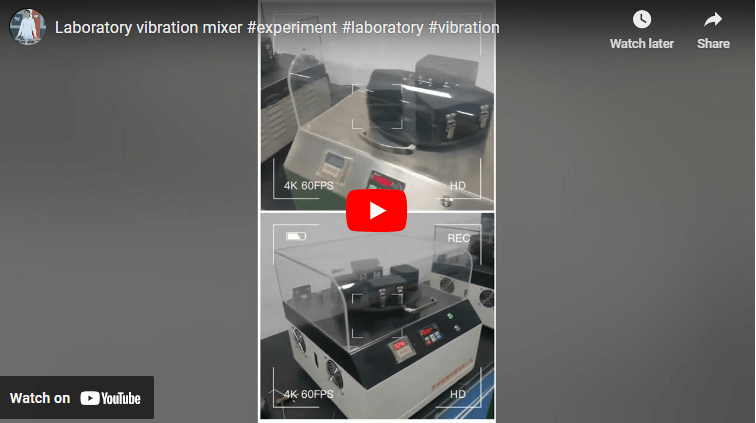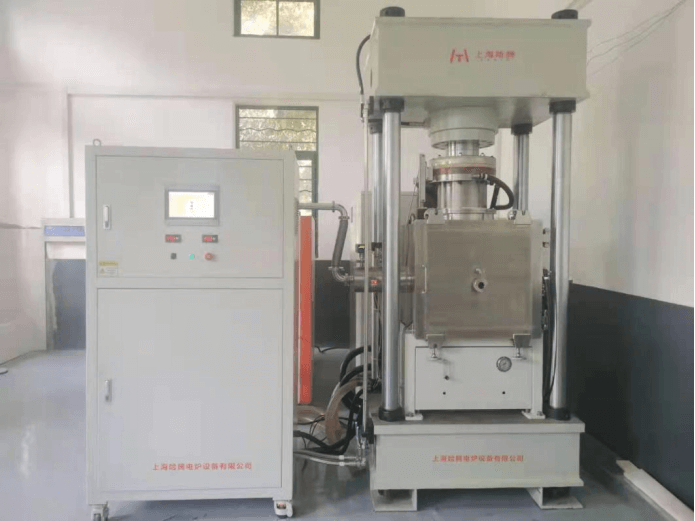Permanent magnetic materials are widely used in aerospace power systems, automobiles, computers, medical devices, instrumentation, petrochemicals, and other fields. They penetrate all aspects of national economic life. Among rare earth permanent magnet alloys, SmCo7 alloys have a low coercive force temperature coefficient. It is widely considered to be a high-temperature permanent magnet alloy with important development potential. Previous research found that the 1:7H phase can be kept stable at up to 600°C by nano-sizing. Therefore, improving the room temperature magnetic properties of nanocrystalline SmCo7-based permanent magnet alloys is the key to achieving their high temperature and high performance.
Professor Song Xiaoyan used field-assisted sintering technology to prepare samarium cobalt permanent magnet materials and published a paper.
Recently, Professor Song Xiaoyan’s team at Beijing University of Technology has made important progress in the design and research of high-performance SmCo7-based rare earth permanent magnet alloys. Based on data-driven computational predictions, they experimentally prepared multi-doped SmCo7-based alloys. The study found that by doping with Mn, Cu, and Fe, the coercivity of nanocrystalline SmCo7-based alloys can be greatly improved without reducing the saturation magnetization. The synergistic improvement of the two “mutually exclusive” properties of saturation magnetization and coercivity was achieved. The related research work was published in Materials Today Physics.

The experiment uses samarium and cobalt metal particles as raw materials and uses induction melting to obtain alloy ingots. Then crush it and use high-energy ball milling to make powder. Finally, it is put into the carbide mold and sintered in our CNE-FHP-828 field-assisted sintering furnace. Due to the use of stronger carbide molds, the pressure in this experiment can be increased to 500MPa. The heating rate is 50℃/min, and the sintering temperature is 680℃. A series of samarium cobalt permanent magnet material samples with different doping formulas were prepared using this process.
The research provides new ideas and methods for the design and development of high-temperature and high-magnetic performance SmCo7 alloys.
Experimental results prove that Mn, Cu, and Fe can greatly increase the coercive force of SmCo7 alloy without basically reducing its saturation magnetization under optimized composite doping amounts. Through the composite doping of Mn, Cu, and Fe, the magnetic domain size of the alloy can be significantly reduced, and fine precipitates can be formed in the alloy. Stacking faults, fine precipitates and nanograin boundaries in the doped SmCo7 alloy jointly pin the magnetic domain walls. It effectively hinders the migration of magnetic domain walls, thereby greatly improving the coercive force of the alloy.
In this study, the field-assisted sintering technology furnace has a faster heating rate and shorter holding time than the traditional sintering process. It avoids grain growth and contributes to improving the overall performance of the material.









